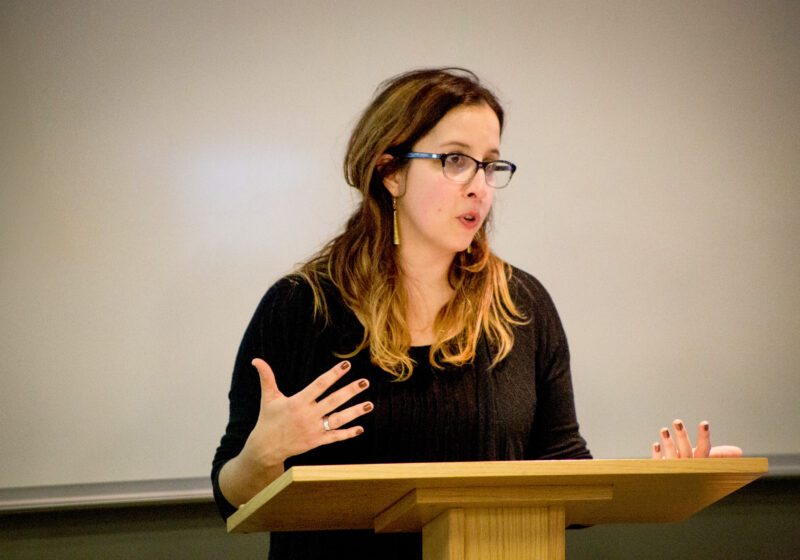It’s that time of year again! The snow is clearing, flowers are on the verge of blooming and it’s time to apply for financial aid. While the April 15 financial aid deadline may not be the most exciting indicator of the changing seasons, for many students financial aid is essential to their continuing studies. If you have not previously received financial aid and need help paying for your education, you should always apply, even if you feel that you do not qualify.
Both the financial aid process and packages sometimes seem confusing, limiting and insufficient. There are ways to streamline the process and ensure that you are getting the best possible deal.
The best way to receive assistance is to apply for aid, and to apply on time. By applying for financial aid, you may be eligible for federal grants and loans to help pay for the rising costs of education, and applying early will increase your chances of more funding.
Secondly, arrange a meeting with your financial aid counselor to discuss possible aid options and explain details of your financial situation. If you happen to receive a package that you feel does not completely cover all of your costs, don’t fret. Understanding the details of your package may help you negotiate a better deal.
It is important to recognize that it is your personal package, and that you have a powerful influence on the final product. You have the option to opt out of loans that you don’t feel comfortable taking, or request more Federal Work Study, or FWS hours, to replace a portion of your package. Whatever the case, the final product should be one that you are most comfortable with, and is within your eligibility.
A common component of financial aid is a federal loan for students known as the Stafford Loan, which can either be subsidized (the government pays the interest while you are in school) or unsubsidized (the interest is accrued and added to the principal amount). With these loans, payments are deferred until six months after you graduate, leave school or drop below halftime student status. If you’re seeking fiscally responsible options to fund your education, then you should first exhaust federal options before seeking high interest private loans.
Aside from federal loans, FWS is also an ideal federal financial source. The FWS Program supplies part of the wages earned through part-time employment to help students pay for educational costs. What that means for your employer is that the federal government is paying part of your wages, thus saving them money by employing you. Even though you still have to work for your money, FWS increases your chances of getting a job.
Another benefit to FWS is when you apply for financial aid the next year, the money you made under the program the previous year is not considered income and won’t deter your eligibility for financial aid.
It is also important to know that financial aid counselors have a considerable amount of leeway in adjusting the FWS awards for eligible students; don’t be afraid to ask for more hours in exchange for less loans.
Lastly, during the summer, search for private scholarships to help fund your education. Believe it or not, private scholarships are under applied for, because students think they do not qualify. In actuality, there are over $1 billion in scholarship money available to students many private companies receive tax breaks by offering scholarships. One great place to look for scholarship opportunities is through www.fastweb.com. Fastweb offers a variety of scholarships for a myriad of majors, career interests and extracurricular endeavors. Students should also reach out to private companies to see if they have scholarship opportunities that are not highly publicized.
Essentially, if your money is funny, apply for financial aid and think outside your pocket.
Smith is a member of the class of 2012.




